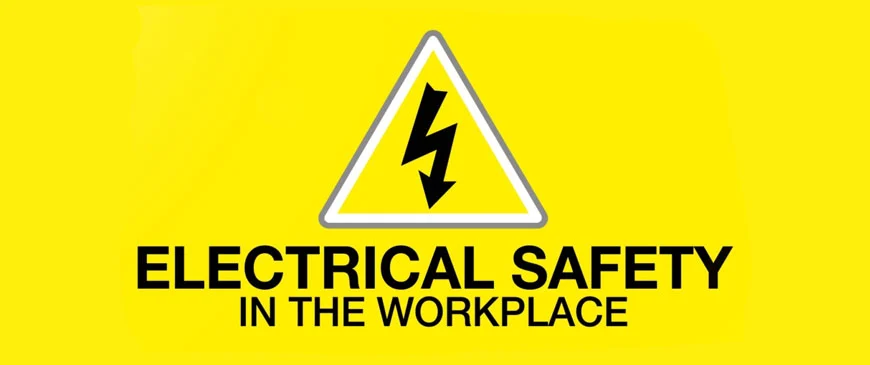What is the Legal Requirement for PAT Testing?
The Electricity At Work Regulations, 1989 cover every kettle, fax, copier, computer, extension lead, etc, including 110V equipment, in a business or public place. The Construction and Design Management Regulations 2015 cover all electrical items in use on a construction site, and in a domestic home where refurbishment works are being carried out. In fact, if it is electrical and has a plug on it, whether it is in regular use or not, then it must be maintained safely, and in the event of an accident or incident, thorough testing certificates may be a key element of your defence against a heavy fine or even imprisonment.

Frequency of PAT Testing
Guidelines for Different Types of Equipment
PAT testing frequency varies significantly based on the type of equipment and its usage environment. Handheld tools and devices used in harsh conditions require more frequent inspections compared to less frequently used office equipment. Adhering to specific PAT testing regulations ensures each piece is tested properly, maintaining safety.
Contrary to popular belief, there is no legal requirement for PAT testing of electrical equipment in the workplace, in rented accommodation or residential care homes, except in certain specific instances mentioned in the PUWER Regs* and CDM Regs**. According to the Health and Safety Executive (HSE):
“The frequency of inspection and testing depends upon the type of equipment and the environment it is used in. For example, a power tool used on a construction site should be examined more frequently than a lamp in a hotel bedroom. For guidance on suggested frequencies of inspection and testing, see: Maintaining portable and transportable electrical equipment.
Factors Influencing Testing Intervals
Several factors influence the intervals between PAT tests. The nature of the electrical appliances, frequency of use, and working conditions all play crucial roles. High-risk environments like construction sites necessitate more regular PAT testing than low-risk office settings. Understanding these elements helps schedule tests optimally, ensuring ongoing safety.
Regular PAT testing by a competent person addresses electrical safety obligations and health and safety requirements. Conducting visual inspection alongside periodic testing can identify electrical safety defects early. Compliance with health and safety standards reduces risk and maintains legal requirements efficiently.
It is, however, a legal requirement that portable electrical equipment, and in particular items being used in the workplace are ‘safe, well-maintained and suitable for the purpose for which it is being used’, at all times. In certain circumstances, for example tools used on a construction site, inspection and maintenance records must be maintained and retained as evidence of a structured health and safety policy. How would a company produce such evidence in the event of an accident or incident? Documentary evidence from a third party, such as a PAT testing company, provides proof that all reasonably practicable steps have been taken to ensure the safety of workers when using portable appliances.
So, to re-cap the only way that we can determine whether electrical equipment is ‘safe, well-maintained and suitable for the purpose for which it is being used’ (the legal requirement), is if it is routinely, formally visually-inspected and instrument-tested. Therefore, PAT Testing is required to ensure that such equipment, at the time of the inspection and testing at least, is indeed ‘safe, well-maintained and suitable for the purpose for which it is being used’.
Do you work with self-employed contractors?
It is your responsibility to ensure that they are also maintaining and inspecting their portable electrical appliances. You should be reviewing this information each year during the annual appraisal of subcontractors, where you check that they are able to work with your company for another year, even if they are responsible for their own health and safety. Put them in touch with us for convenient and efficient, quality testing of their tools, cables and equipment.
To ensure compliance with the law, and keep your employees and workers safe, call us today for a free quotation: 01628 850650
*NB: Regulation 6 of The Provision and Use of Work Equipment Regulations 1998 (PUWER) requires that equipment has to be ‘inspected’ in work situations where the safety of the equipment depends specifically on the installation conditions, and, in particular, where conditions are liable to lead to deterioration. This is a very specific requirement, for a very specific situation, and yet even here, there is no mention of the word ‘testing’.
**NB: The Construction and Design Management Regulations require 240V power tools and cables to be visually inspected before use, and PAT tested once a year. 110V power tools and cables must be visually inspected before use, and PAT tested once every three months.
